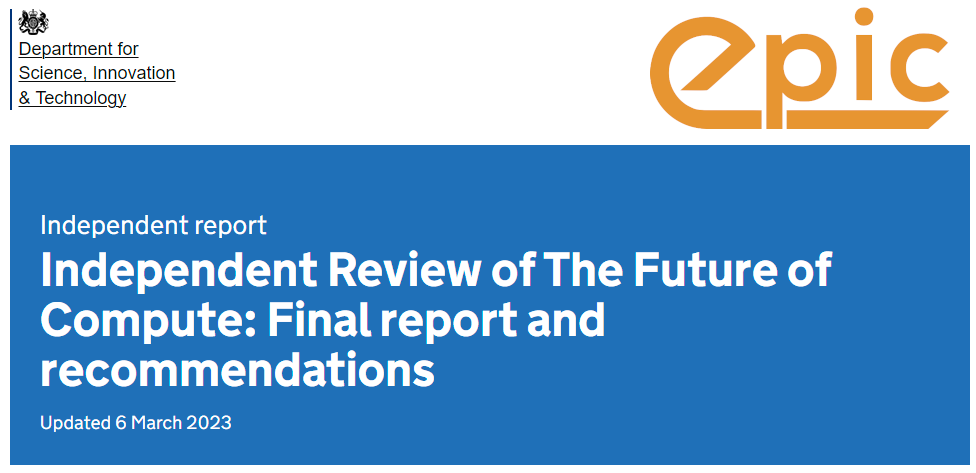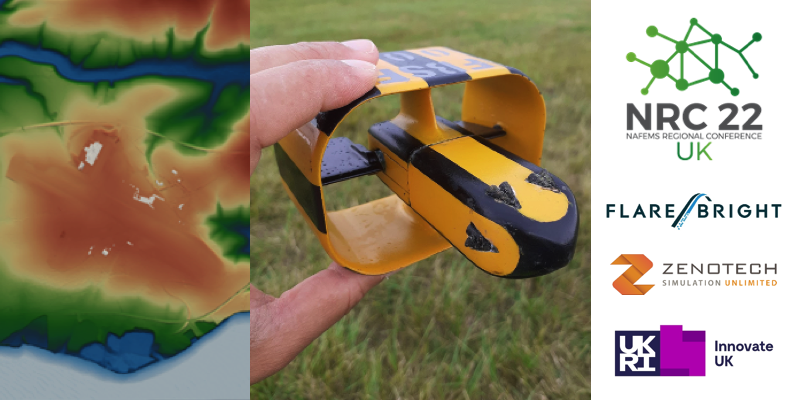
It used to be a minor miracle when CFD codes converged at all. I remember in early days when we would be huddled by the monitor as each new iteration of the solver would either move one step closer to a resolved solution – or blow up, dramatically as some confluence of numerics conspired to generate floating point exception or the dreaded “NaN” – not a number.
For users of modern commercial codes, this is almost never an issue now. Modern solvers are designed to produce a solution no matter what – robustness is the key attribute, being the surest way to minimise the number of calls to the costly help centre. You’d be amazed at what you can provide as input and boundary conditions to some codes and still get an answer. I remember (and the guilty shall remain nameless) one major software release (years ago of course) where the energy equation was accidentally decoupled from the other flow variables. Nobody noticed for ages because the dissipation scheme created enough artificial viscosity to mask the effect! Ah happy days.
Towards project deadlines, we would stop back at the office on our way home after parties on Saturday nights just to see if our jobs were still running. Our partners would sit patiently in the car (motor still running) while we “popped in” to check on the status. And change a few input variables. And answer an email or two. Looking back, we must have been appallingly bad dates.
The ability to keep tabs on CFD simulations has moved on leaps and bounds with Internet technology. Our first system for keeping a remote eye on a job involved automating the creation of an email via the ‘sendmail’ command on the cluster, with the message contents compiled as a list of diagnostics and residual values. The title of the email would be a cheery “OK” or a dismal “CRASHED”, the latter prompting more excuses for “popping in” to terminate the tasks that might still be consuming computing resource.
Now of course you can monitor jobs that are running just be using a mobile phone. Start. Stop. Tweak. Re-start – all from the palm of your hand. We’ve not yet seen social media embrace computational fluid dynamics. “Check out this partially converged solution” ; “Like”, etc. Maybe it will happen, or perhaps I get overly excited about this sort of thing. Certain simulation tasks have characteristic convergence behaviour, some of which might be described as aesthetically appealing.
Anyhow, the good news is that simulation – particularly when run in the cloud or at least on a machine with an internet connection – can now be monitored and even driven remotely, so there’s no more “popping in” needed.



